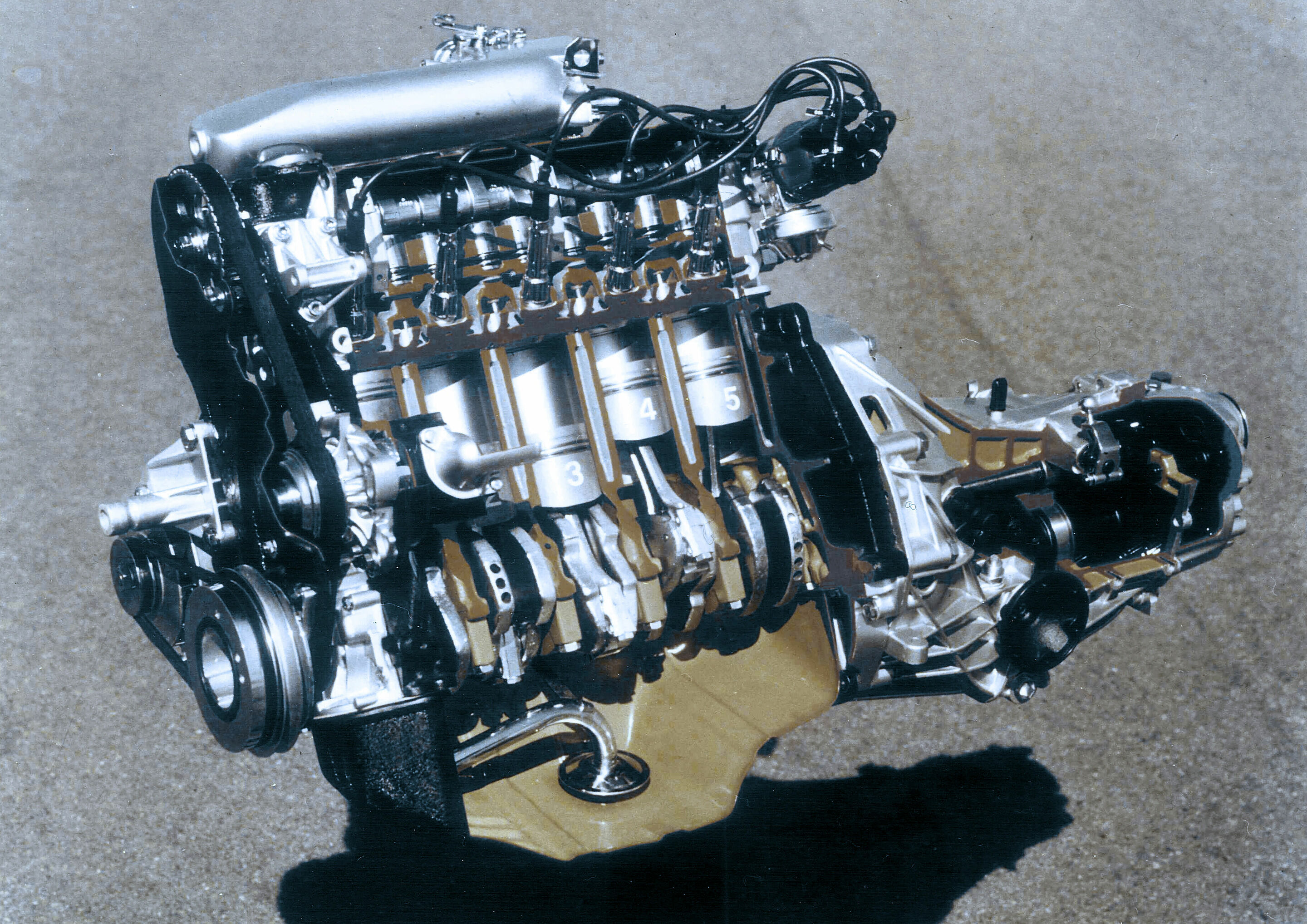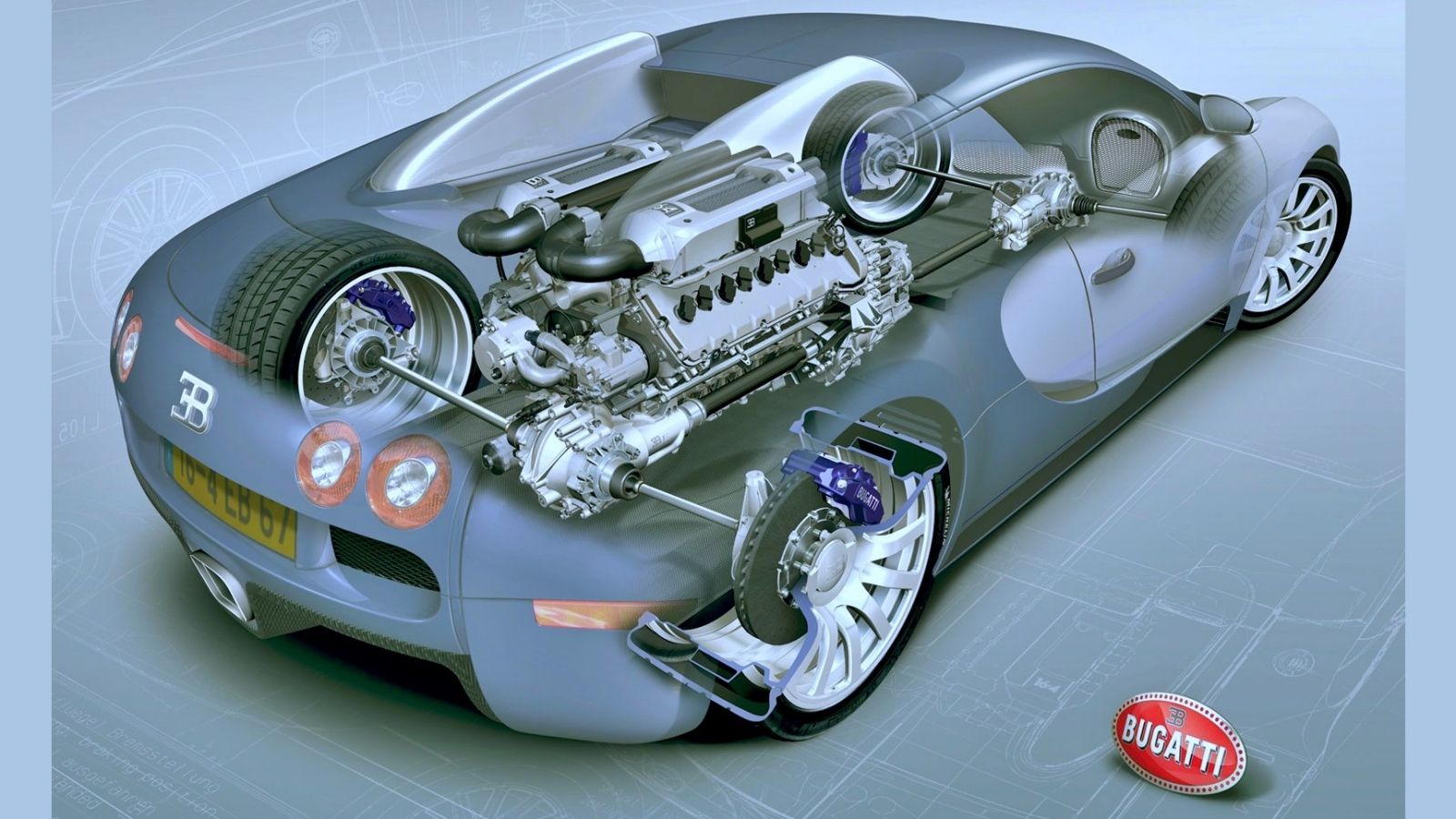Engines for Africa at Competitive Rates: Your Preferred Vehicle Components Store
Engines for Africa at Competitive Rates: Your Preferred Vehicle Components Store
Blog Article
The Mission for Ultimate Driving Power: Examining the Peak of Engine Performance and Technological Advancements in the Automotive Sector
In the world of automotive engineering, the search of maximum driving power has actually been a ruthless quest that has unfolded through the evolution of engine layout and the integration of sophisticated modern technologies. From the precise workmanship of burning engines to the fast developments in electric propulsion systems, the automotive industry stands at the cusp of a brand-new era characterized by extraordinary efficiency capacities.
Development of Engine Layout

Furthermore, the assimilation of turbocharging and turbo charging technologies has actually revolutionized engine design by boosting power without significantly increasing engine size. These forced induction systems compress the intake air, enabling even more gas to be combusted, therefore generating higher power output from a smaller engine. This development has actually been specifically critical in improving the efficiency of smaller sized variation engines while keeping gas efficiency standards.

Performance-Enhancing Fuel Technologies
The execution of innovative fuel technologies has actually significantly added to improving engine efficiency in modern-day vehicles. From conventional gas and diesel to ingenious biofuels, synthetic gas, and hydrogen, the automotive market is witnessing a change in fuel choices. Biofuels, originated from eco-friendly resources like algae, corn, or sugarcane, deal boosted and lowered exhausts engine efficiency. Synthetic gas, created through chemical processes, offer high octane rankings, improving power output. Hydrogen gas cells, although still in the beginning of adoption, reveal great assurance because of their zero-emission nature and potential for high efficiency. Furthermore, fuel ingredients and detergents are being developed to tidy engine parts, optimize combustion, and lower friction, consequently boosting total vehicle performance. With recurring research study and development, the mission for the supreme driving power proceeds, as designers make every effort to open the full potential of performance-enhancing gas innovations in the automotive industry.
Advancements in Electric Propulsion
Substantial strides in electric propulsion modern technology have revolutionized the auto industry, leading the way for a brand-new period of sustainable and effective transport. Electric cars (EVs) are getting appeal as a result of their ecological benefits and developments in battery technology, enabling longer driving ranges and shorter charging times. Manufacturers are investing heavily in research study and development to boost the efficiency of electrical propulsion systems, concentrating on boosting power result, about his improving energy effectiveness, and reducing total weight.
One remarkable development in electric propulsion is the advancement of advanced electrical motors that deliver greater torque and power thickness, leading to enhanced acceleration and general driving efficiency. Additionally, regenerative stopping systems have been refined to record and store power throughout deceleration, further improving the efficiency of EVs.
Furthermore, the integration of clever modern technologies, such as expert system and anticipating analytics, is maximizing the administration of electrical propulsion systems, guaranteeing optimal efficiency under numerous driving problems. These innovations in electric propulsion are improving the vehicle landscape, driving the industry in the direction of an extra lasting and electrified future.
Influence of Computational Liquid Dynamics
With innovations in electrical propulsion pressing the limits of auto technology, the assimilation of Computational Fluid Dynamics is playing a critical duty in maximizing wind resistant efficiency and improving general effectiveness in automobile layout. Computational Liquid Characteristics (CFD) involves using computer simulations to examine the circulation of air around a car, enabling engineers to forecast exactly how layout modifications will affect the rules of aerodynamics without the need for pricey physical models. By accurately modeling airflow patterns, CFD enables for the refinement of vehicle forms to lower drag, enhance cooling, and boost security.
CFD allows designers to optimize air flow around parts such as radiators, engine bays, and wheel wells, adding to enhanced efficiency and general driving experience. In conclusion, the integration of Computational Fluid Characteristics represents a considerable step onward in the quest for ultimate driving power and effectiveness in the automobile industry.
Future Trends in Engine Advancement
In the dynamic landscape of auto engineering, advanced innovations are shaping the future trajectory of engine innovation. The future of engine design is marked by a solid focus on efficiency, sustainability, and performance. Suppliers are increasingly concentrating on creating engines that not only deliver high power outcomes yet additionally focus on ecological responsibility by decreasing emissions and improving gas effectiveness.
One famous pattern in engine technology is the surge of electrification. Hybrid and electrical powertrains are gaining grip as this link viable alternatives to conventional combustion engines. These modern technologies offer the capacity for significant reductions in carbon exhausts and enhanced power performance, aligning with international efforts to fight climate change.
Furthermore, innovations in products science and production methods are allowing the manufacturing of lighter and much more long lasting engine elements. This shift in the direction of lightweight materials such as carbon fiber and light weight aluminum alloys contributes to improved performance use this link and fuel economic climate.
Final Thought
To conclude, the pursuit of supreme driving power in the automotive market continues to drive innovations in engine design, fuel innovations, electric propulsion, and computational liquid dynamics. The development of these innovations is shaping the future of engine innovation, leading the way for extra reliable and effective cars (engines for africa). As the market proceeds to press the limits of what is possible, we can anticipate to see also much more innovative developments in the mission for peak performance
One of the key landmarks in engine design development is the shift from traditional carbureted engines to modern fuel-injected systems. By specifically metering the gas delivery to each cylinder, fuel-injected engines maximize burning, resulting in much better performance and reduced environmental impact.
Additionally, the assimilation of turbocharging and supercharging innovations has actually changed engine layout by improving power without considerably boosting engine size (engines for africa).The execution of advanced gas innovations has actually dramatically contributed to boosting engine performance in contemporary automobiles. Furthermore, gas additives and detergents are being created to clean engine parts, enhance combustion, and lower friction, thus enhancing overall automobile performance
Report this page